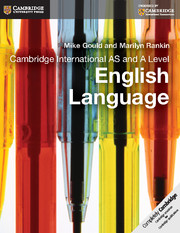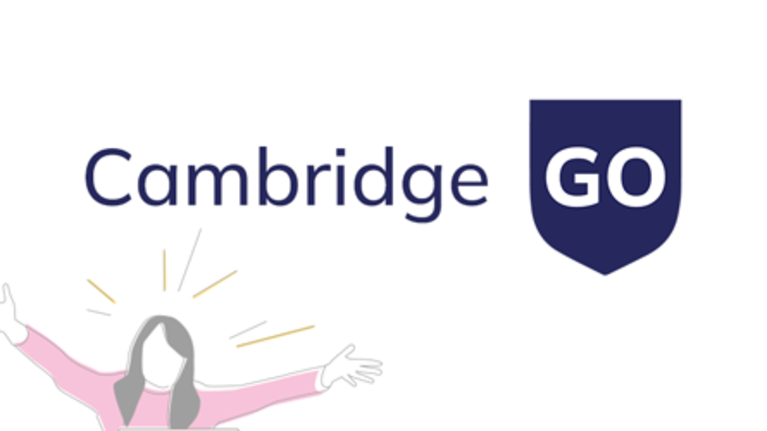Cambridge International AS and A Level English Language Coursebook
Overview
Comprehensive student-friendly resources designed for teaching Cambridge International AS and A Level English Language (syllabus 9093 for first examination in 2015). The core aim of this Coursebook is to help students to develop and apply the key skills they need to achieve in AS and A Level English Language. They will build the skills needed for assessment through frequent activities. Divided into two distinct parts for AS and A Level studies, the book covers a wide range of reading skills, such as understanding aspects of style, voice and tone. Cambridge International AS and A Level English Language: Coursebook also addresses the conventions of key kinds of writing and spoken language, from scripted speeches to travel articles, and looks at how they can capture these conventions in their own work.
Features
- Endorsed by Cambridge International Examinations.
- Complete coverage of papers 1-4 (i.e. all papers) across both AS and A Level English Language for Cambridge syllabus 9093.
- Culturally diverse text extracts that are carefully selected to mirror the types of passages students might experience in assessment.
- Key terms boxes with important literary terms that students need to use or understand in their studies.
- Tip and Link boxes to give important advice to students and cross-reference other related teaching in the Coursebook.
- New digital versions of our textbooks are coming in 2015 and will offer an enriched learning experience through material such as animation, video and audio content, and/or self-marking quiz, assessment questions and personalisation of table of contents.
Contents
- Introduction
- Part 1. AS Level: Unit 1. Reading non-fiction - reading and writing skills - types of question, language and style, key reading skills for responding to passages, planning and structuring a commentary, using evidence and quotations - types of non-fiction text - Descriptive writing, personal writing, persuasive writing, practice and self-evaluation
- Unit 2. Writing non-fiction - approaching 'directed writing' questions, approaching 'writing for a specified audience' questions, planning written responses, text types and purposes, text types and key features, key focus - discursive writing and writing to argue, practice tasks
- Unit 3. Imaginative writing - exploring imaginative writing tasks, key reading and writing skills, creating your own imaginative and descriptive writing, practice section
- Part 2. A-Level: Unit 4. Text and discourse analysis - features of spoken language, speech strategies, transcribing speech, paralinguistic features, key points for discourse analysis
- Unit 5. Spoken language and social groups - the context of spoken language, language used to include and exclude, non-standard features of English, speech sounds and accents, theories and studies of social variation in language, dialect, sociolect and ideolect
- Unit 6: English as a global language - English and other languages, whose English is it? Kachru's Circles model, from British to global English, English - standard and non-standard, British vs American English, language death
- Unit 7. Child language acquisition - the main stages of early development, language acquisition by children and teenagers, the functions of young people's language, theories of language acquisition
- Index
- Acknowledgements.
Brighter Thinking Blog
Keep up to date with the latest classroom tips and educational trends from our brighter thinkers.
Visit the blogCatalogues and Ordering
Looking for something in particular or just browsing? View our catalogues to see our full range of print and digital books.
View and downloadAdvice on useful tools
Advice on useful tools, activities and timetabling from teachers experiencing school closures.
Cambridge GO
All our supporting resources have now moved to Cambridge GO – the new home for your Cambridge digital content.
Listen to our podcast
Listen to our podcast to discover teaching inspiration & advice from leading educational thinkers.





